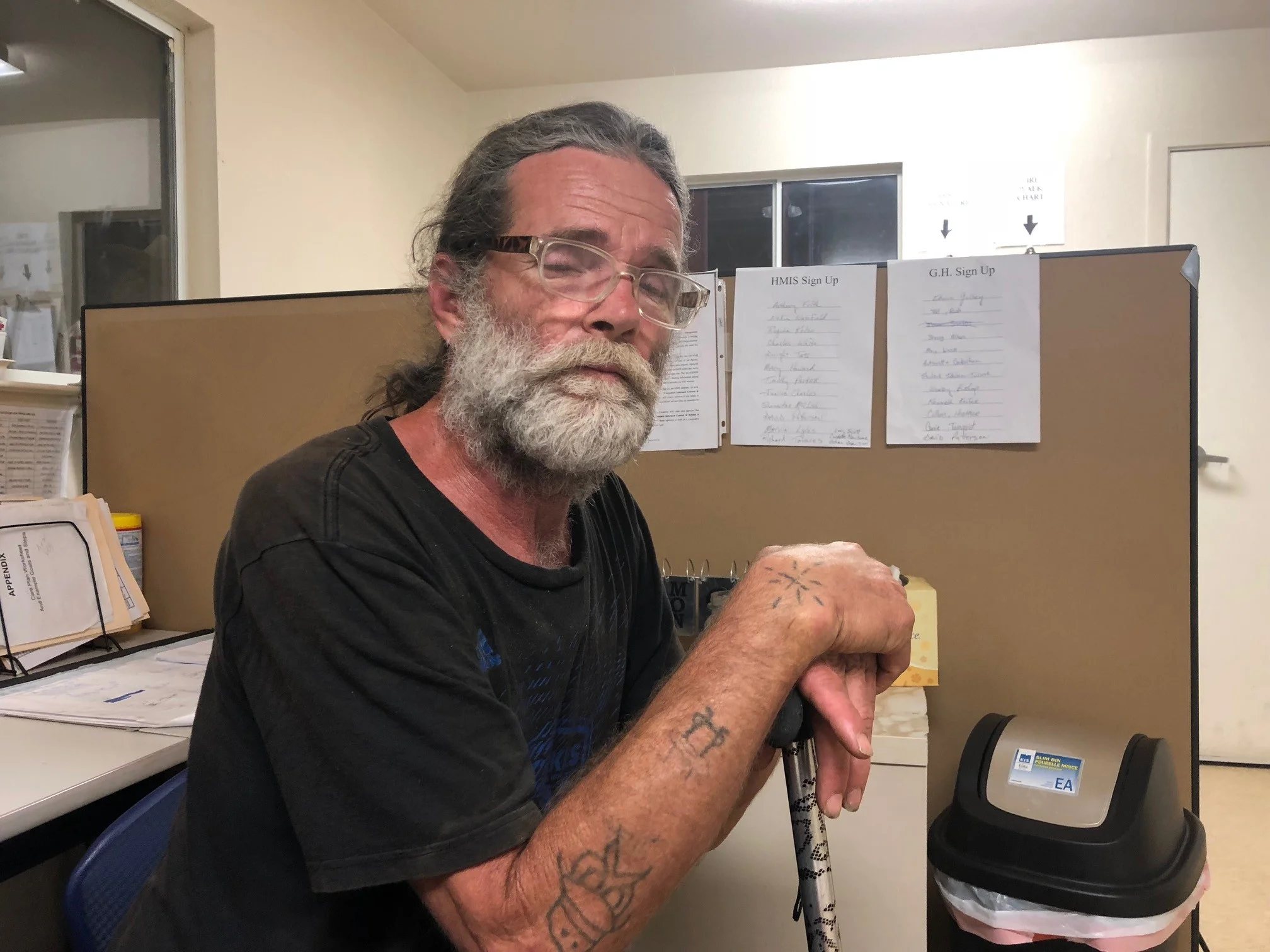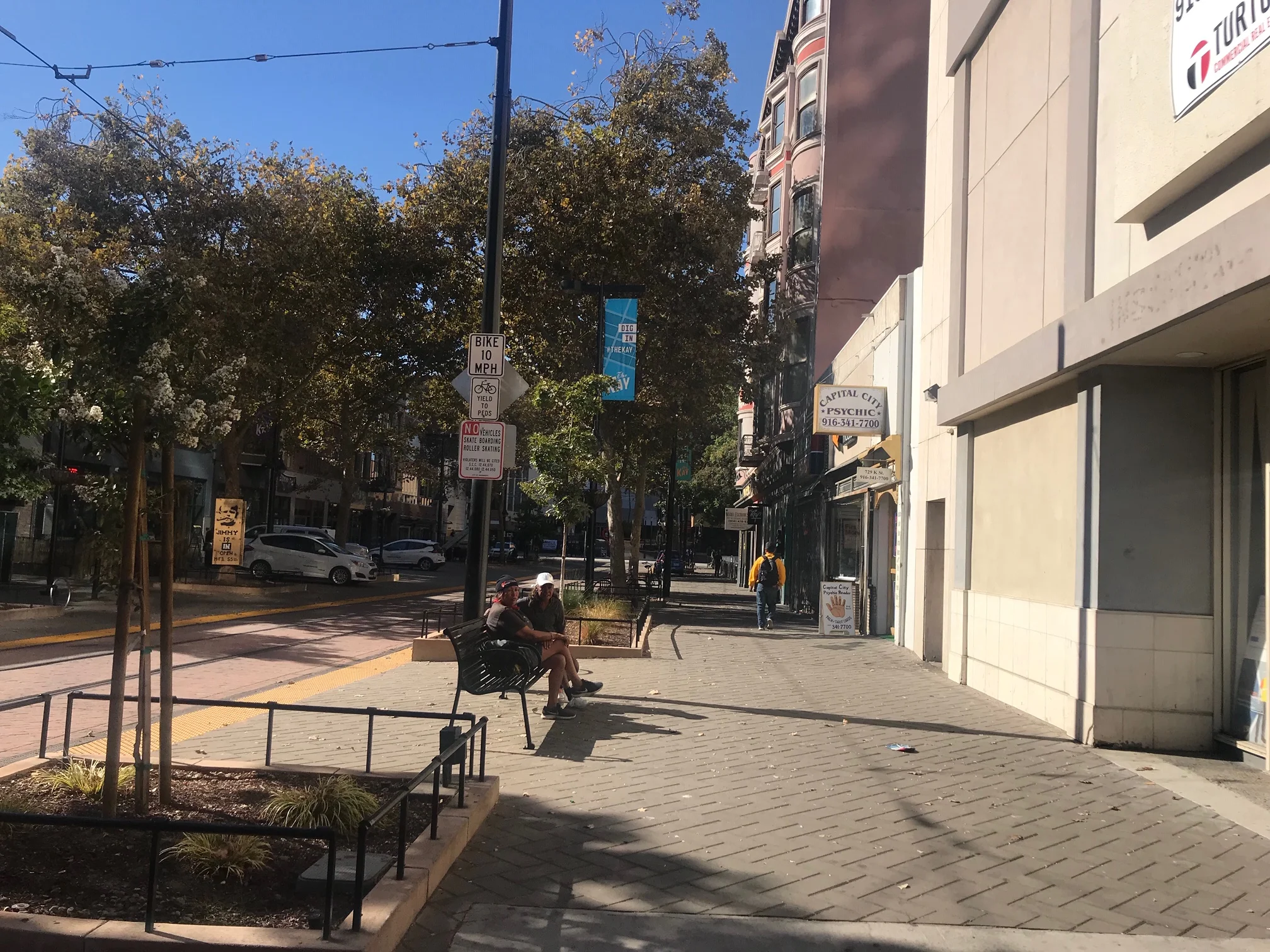Sacramento Council votes to participate in $20 million in state homeless funding
The Sacramento City Council and the Sacramento County Board of Supervisors voted Tuesday to apply for state funding that will result in $20 million to address the homeless crisis in the city and county.
The money comes from more than $553 million included by Gov. Jerry Brown in the state budget to address homelessness at the urging of Mayor Darrell Steinberg and other members of California’s Big 11 mayors, a group chaired by Mayor Steinberg.
The City of Sacramento is expected to receive $7.36 million through the state’s new Homeless Emergency Aid Program. More than half of this money is earmarked to build and run one or more new triage shelters like the one that has operated for the past year on Railroad Avenue in north Sacramento. Much of the rest of the funds will go to expand existing shelter programs, fund youth shelters and pay for the Downtown Streets Team, a non-profit that employs homeless people to clean the streets and sidewalks.
Sacramento County will administer nearly $11 million, which it will spend to expand family shelters, add scattered site shelters and help get people into permanent supportive housing by providing rental subsidies and wrap-around services.
Another $1.6 million allocated by another new program will go to Sacramento Steps Forward, the non-profit agency that administers federal homeless funds in Sacramento County. The organization will use part of the money to improve its coordinated entry system for the homeless.
“Triage is absolutely essential because for people with severe mental illness and substance abuse you cannot get them off the streets and into permanent housing without the intermediate step of triage. The people we’re talking about need much more than housing to reclaim their lives.”
In order to complete its application, the City needs to meet a state requirement that it declare a shelter crisis, a step taken by the Sacramento County Board of Supervisors on Tuesday. At Mayor Steinberg’s request, the Sacramento City Council will vote on the crisis declaration on s on Oct. 30.
Earlier in the day Tuesday, the City Council unanimously passed a resolution endorsing the city’s current strategy of trying to get the chronically homeless off the streets through a “low barrier” approach that allows people to enter shelters with their partners, pets and possessions, and which doesn’t require that they be clean and sober. Most federal and state funding programs now require such an approach.
Mayor Darrell Steinberg and other council members said the low barrier approach is clearly the best way to get chronically homeless people — the ones who have the biggest effect on public services — off the streets. They pointed to the success of the city’s Triage Shelter, which opened last December. Of the 602 people who have entered the Triage Shelter so far, 143 have been placed in permanent housing, and another 200 are in the shelter.
Members of the Council said those numbers represent a significant success, considering that the Triage Shelter population includes many people who have been homeless for years and have significant mental health and addiction problems. The Triage Shelter, combined with the City’s Pathways Whole Person Care program, surrounds residents with services that help them reclaim their lives.
Pathways had enrolled a total of 715 people as of Sept. 14, most of them over 40 and a quarter of them between the ages of 56 and 64. Two thirds of those formerly homeless people are now sheltered, either in permanent housing, transitional housing or a shelter.



